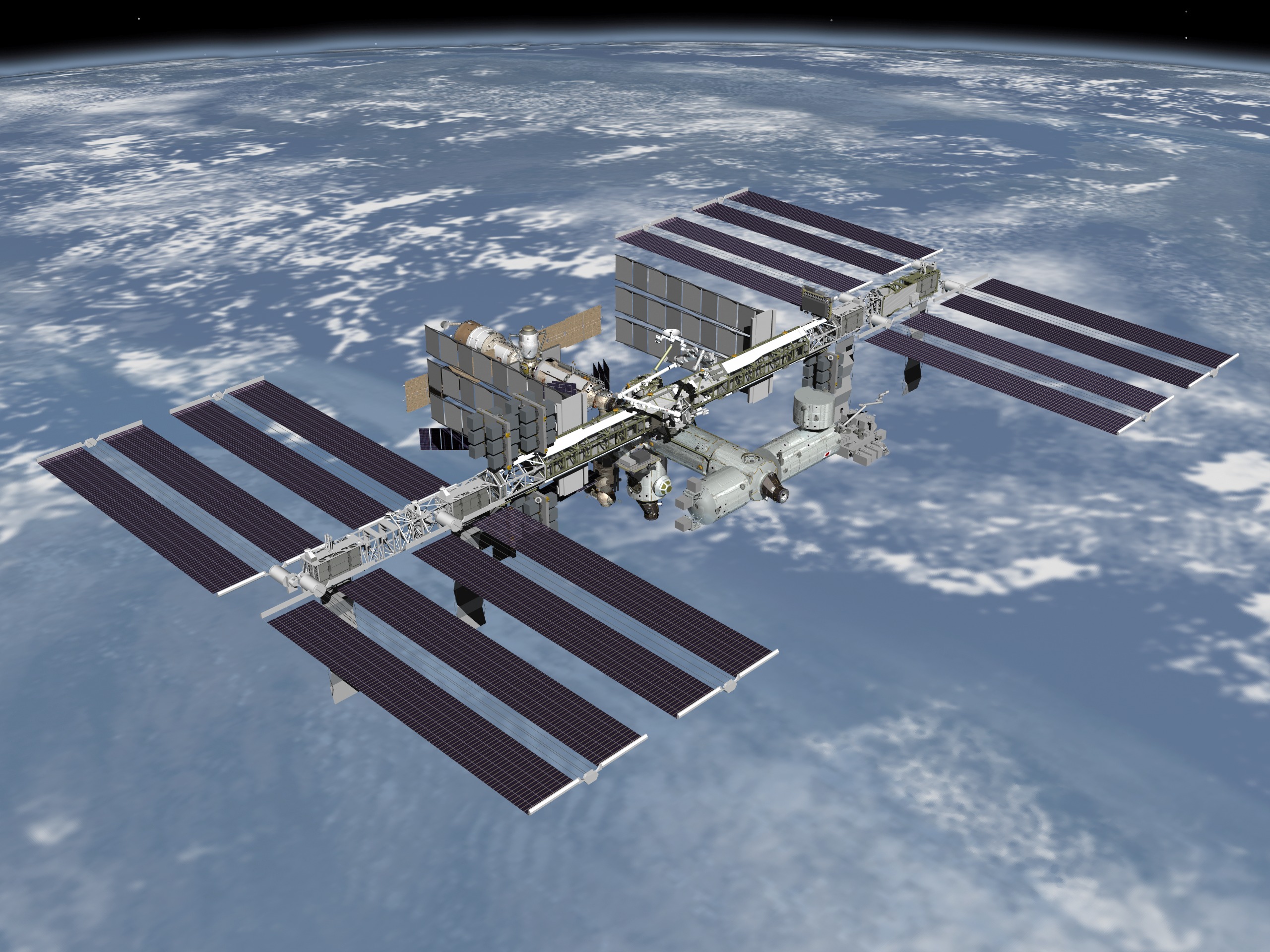John Brier KG4AKV has released a video showing his contact through the International Space Station packet radio digipeater on 437.550 MHz FM (+/-10 kHz Doppler shift).
This was my second contact through the ISS digipeater. I actually contacted the same station I contacted in this video, W8LR, three days before, but I wasn’t recording any video.
For this video I recorded the audio from my Kenwood TH-D72a and later played it back to Soundmodem+UISS. Soundmodem decodes many more packets than my radio does. I made a screen capture of UISS and its map so you can see the complete details of every received packet.
Another thing this video shows is how hard it can be to track a near overhead pass (close to 90 degrees elevation). When I was beginning in satellites I only tried to work overhead passes because I knew the signal would be strongest when the satellite was closest to me. While that is true, the closer the satellite is to you the faster its relative speed is. When it passes overhead it switches from coming towards you to going away from you very fast, and drops 10s of degrees in seconds. That makes the satellite very easy to lose track of.
In this video I got distracted while changing settings on my radio and lost the ISS after it went overhead. It didn’t help that I was using a tripod for the first time. I prefer to hold the antenna in my hand precisely because I find it’s easier to track, as I can make quick adjustments and listen for the signal going up and down. To control the radio for packet, it helps to have two hands.
Watch I made CONTACT! UHF ISS Digipeater
[youtube https://www.youtube.com/watch?v=nhv7oz_El80]
You can subscribe to John’s Space Comms YouTube Channel at
https://www.youtube.com/SpaceComms1?sub_confirmation=1

